How dining out has changed
Restaurants are crowded again, but customers complain of high prices and spotty service. Is this a new normal?
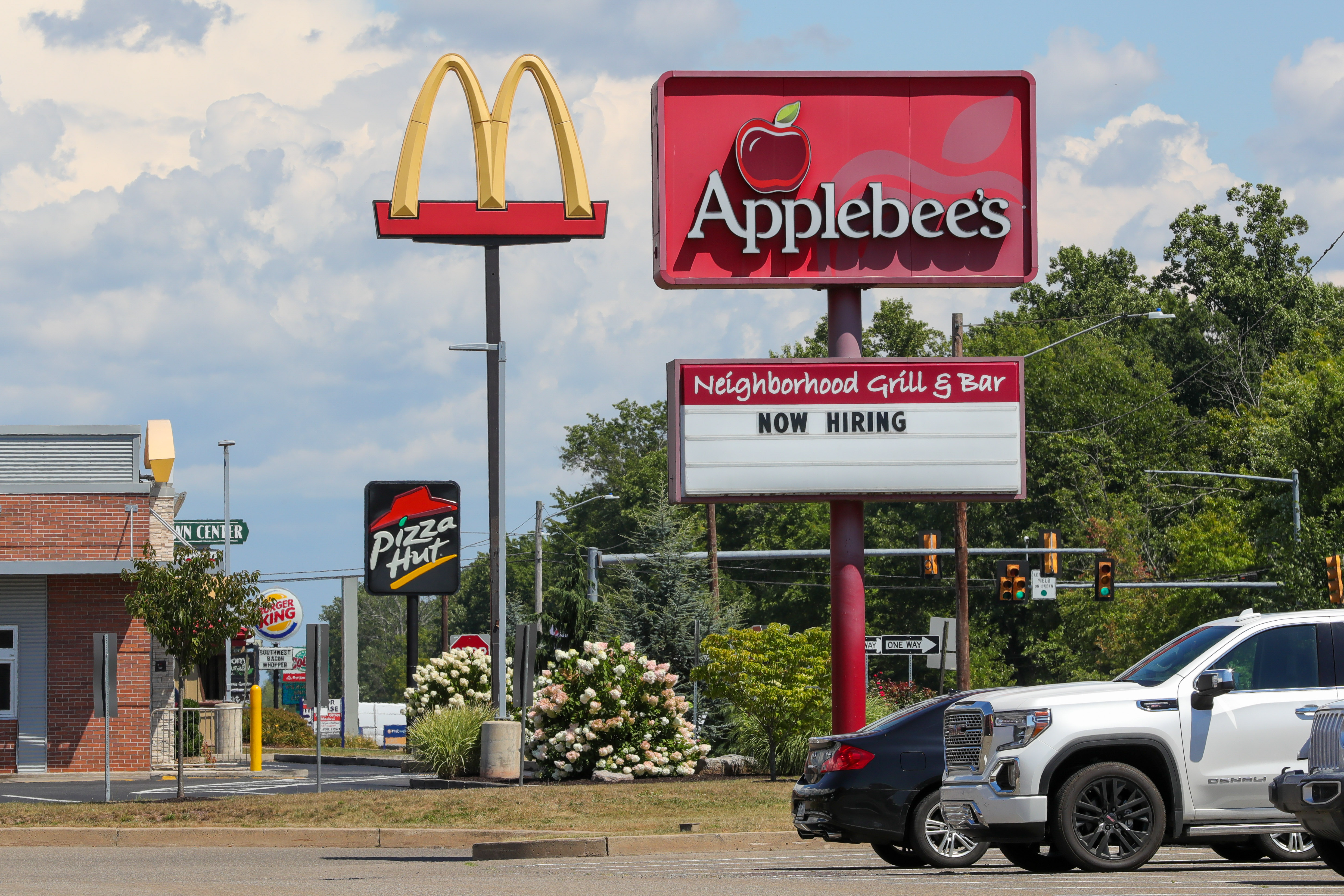
Restaurants are crowded again, but customers complain of high prices and spotty service. Is this a new normal? Here's everything you need to know:
What's causing the change?
The pandemic and its continuing economic consequences have made eating out a costlier and often less pleasant experience. COVID was an unprecedented disaster for restaurants: Between 2020 and 2021, the industry laid off or furloughed 8 million workers and lost $280 billion in sales. At least 90,000 eateries shuttered. Those that survived had to adapt with outdoor dining and a greater reliance on takeout and delivery, which accounted for 90 percent of all restaurant meals sold in 2020. Vaccination, a reduction in health risks, and the lifting of some pandemic restrictions have sent a flood of diners back — even more than in the pre-COVID era, according to data from reservation platform OpenTable. But though the $898 billion in sales restaurants projected for this year represents a $34 billion increase over 2019, 85 percent of owners say their business remains less profitable now than before 2020. In a May survey, 41 percent said they couldn't make rent. The average price of commercially prepared meals rose 8.5 percent between September 2021 and September 2022. The price of a McDonald's Big Mac broke $6 earlier this year, and for high-end burgers in major cities such as New York, diners are paying upwards of $30 (without fries or a drink) before tax and tip. Diners have also complained about shorter business hours, longer wait times, and less attentive service. "The industry is unlikely to ever completely return to its pre-pandemic state," said Hudson Riehle of the National Restaurant Association.
Why are so many restaurants struggling?
The costs of doing business have soared. Overall food prices have risen about 11 percent over the past year, and factors such as high energy prices, drought, the war in Ukraine, and an ongoing outbreak of avian influenza are pushing the costs of some staples much higher. The USDA estimates the price of cooking oil, butter, and other fats will rise as much as 24 percent this year, and egg prices are expected to double. Availability of supplies and labor has also grown unpredictable. Supply chain snarls delayed or created shortages of needed ingredients for 96 percent of restaurant owners last year, forcing 6 in 10 full-service establishments to reduce menu options. And while the nation regained 1.7 million food service jobs in 2021, 7 in 10 restaurants do not have enough workers.
The Week
Escape your echo chamber. Get the facts behind the news, plus analysis from multiple perspectives.

Sign up for The Week's Free Newsletters
From our morning news briefing to a weekly Good News Newsletter, get the best of The Week delivered directly to your inbox.
From our morning news briefing to a weekly Good News Newsletter, get the best of The Week delivered directly to your inbox.
Why not?
Many frustrated, burned-out employees have handed in their aprons. The quit rate in the accommodation and food services sector surpassed 10 percent last December, and remains over 6 percent, Labor Department data show. The restaurant industry is still short about 500,000 workers, including waiters, cooks, and dishwashers. Restaurant work often entails physically demanding labor for long, irregular hours and low pay in crowded spaces where COVID can easily spread. When their co-workers quit, those who remain face a vicious cycle: heavier workloads, pressure to take on more hours, and even more irate customers grousing about longer wait times. But workers also have more leverage to demand a more livable wage, benefits, and a more generous sick leave policy. While those improvements increase costs for restaurant owners, some acknowledge it has been an overdue industry-wide reckoning. "Should we be so surprised that people are quitting," former Chipotle co-CEO Monty Moran said last year, "when mostly what we're trying to do is manipulate them?"
How have restaurants coped?
Sixty percent have cut hours of operation, and 93 percent have raised or plan to raise menu prices. They're offering smaller and fewer dishes, often sticking to those made with ingredients less likely to be affected by supply chain interruptions. More than half of restaurant owners have employed cost-cutting tech, such as automated self-service kiosks and digital kitchen displays that take the place of physical order tickets. Digital QR code menus, popularized during the pandemic to reduce touching of surfaces, are likely here to stay, mostly because they let restaurants easily change the price of menu options or delete them altogether.
What else can diners expect?
Customers who prefer take-out or delivery from fast-food and budget restaurants may find themselves increasingly served by "ghost kitchens" without dining areas or storefronts. High-end restaurants, meanwhile, are seeking new revenue by charging for reservations and launching subscription services. Dame, a celebrated New York City seafood restaurant, asks diners to pay $1,000 a year for the privilege of being able to book a table once a week. Robotics startups are developing AI chefs, cleaners, and servers, though steep up-front price tags and worries about scaring off customers have made restaurant owners slow to embrace them. Higher prices, reduced portions, and spottier service appear to be here for the foreseeable future. Diners "want to get back to the old days," said Pittsburgh-area restaurant owner Ronald Sofranko. "They want to go out, they want to enjoy themselves. [But] they're not smiling as much as they were."
The decline in tips
In the face of rising prices, American restaurant customers are becoming more miserly tippers. Nearly one-third in an August LendingTree survey said that inflation has caused them to tip less when they dine out. In effect, they are punishing the waitstaff for the increase in meal prices. That's in sharp contrast to the sympathy diners felt for restaurant workers at the height of the pandemic, when they were widely seen as "essential workers" who risked their health to make and deliver meals. The average tip at a quick-service restaurant rose from 19.6 percent to 23.5 percent between March and April 2020. But now tips have fallen to pre-pandemic levels, and with all but eight states allowing a "subminimum" wage for tipped workers, they're feeling the pain. Chicago bartender Stacy Donohue has made less in tips from two jobs this year than she used to earn in one. If things don't change by January, she plans to leave the restaurant business. "I'm not making the money that I was making," she said. "I have to find another avenue."
A free daily email with the biggest news stories of the day – and the best features from TheWeek.com
This article was first published in the latest issue of The Week magazine. If you want to read more like it, you can try six risk-free issues of the magazine here.
-
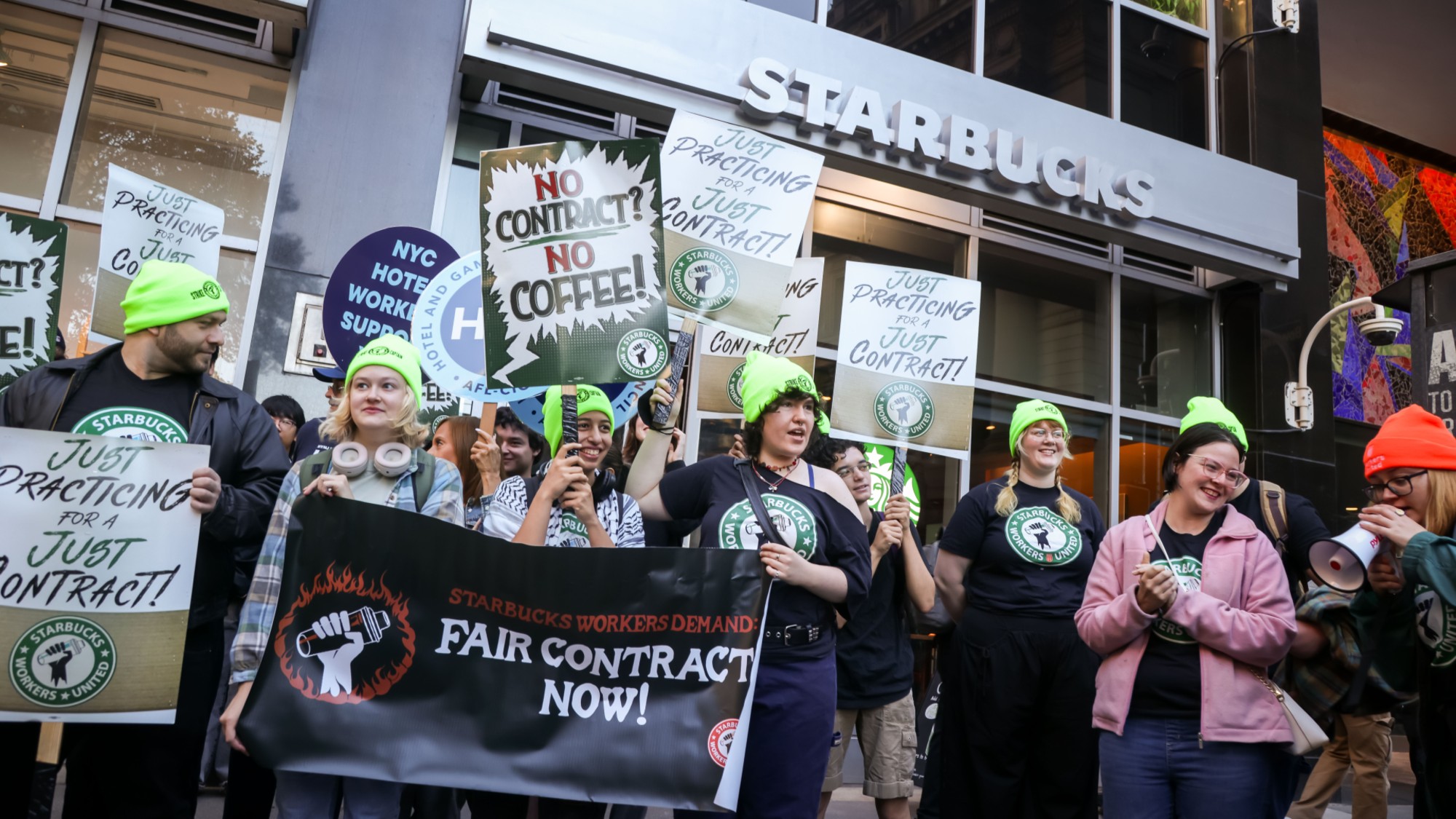 Starbucks workers are planning their ‘biggest strike’ ever
Starbucks workers are planning their ‘biggest strike’ everThe Explainer The union said 92% of its members voted to strike
-
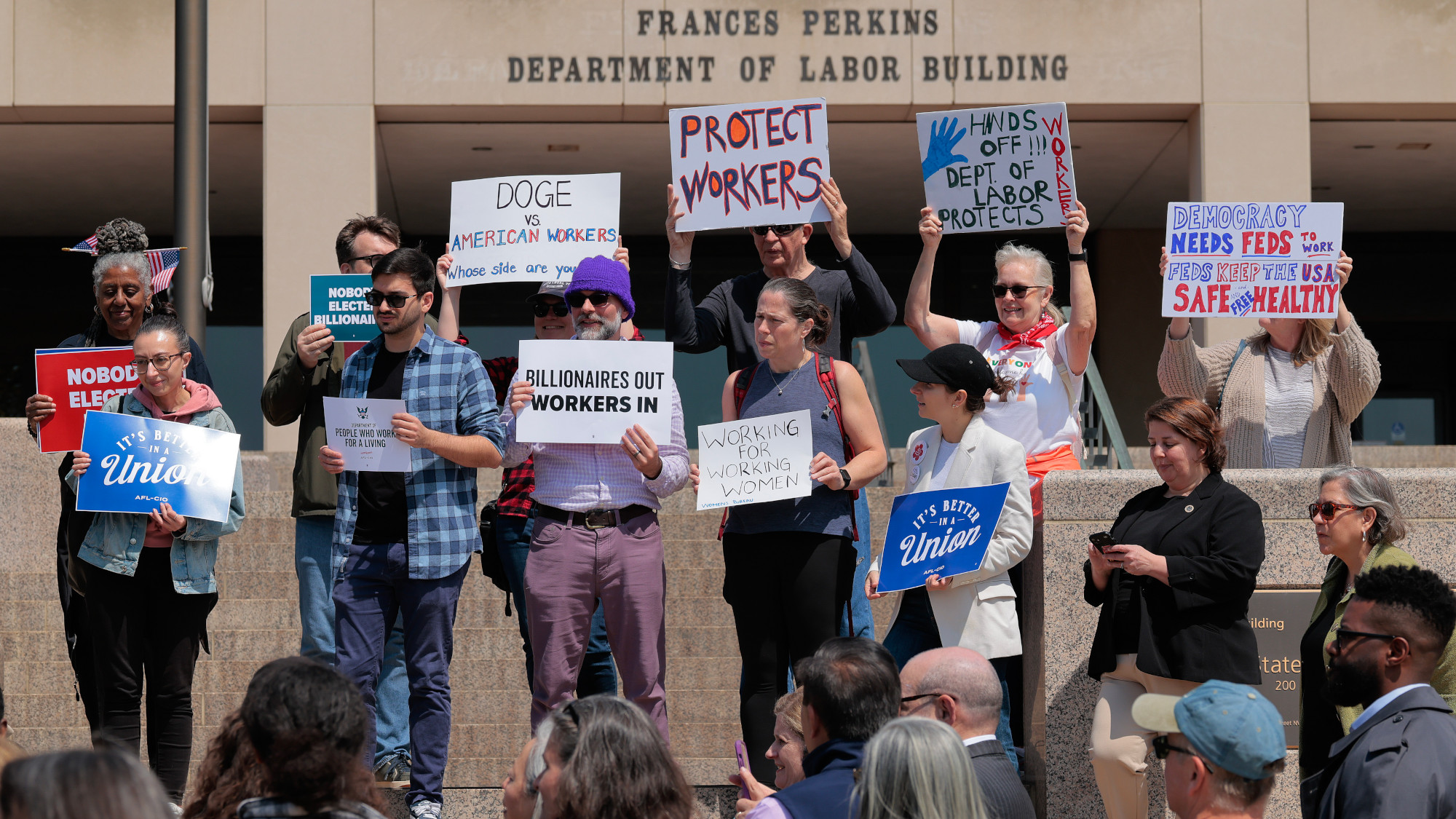 Labor: Federal unions struggle to survive Trump
Labor: Federal unions struggle to survive TrumpFeature Trump moves to strip union rights from federal workers
-
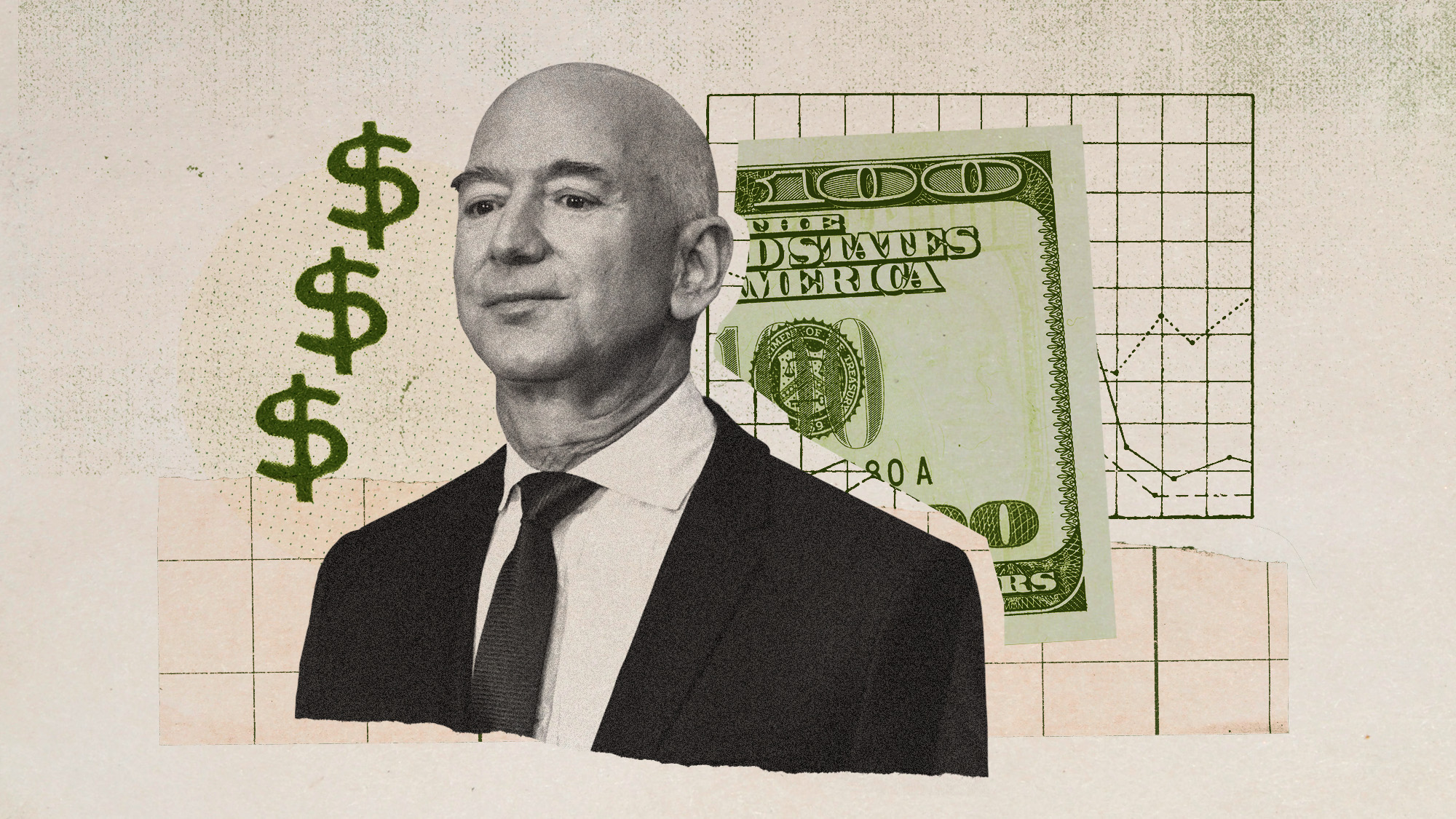 What's Jeff Bezos' net worth?
What's Jeff Bezos' net worth?In Depth The Amazon tycoon and third richest person in the world made his fortune pioneering online retail
-
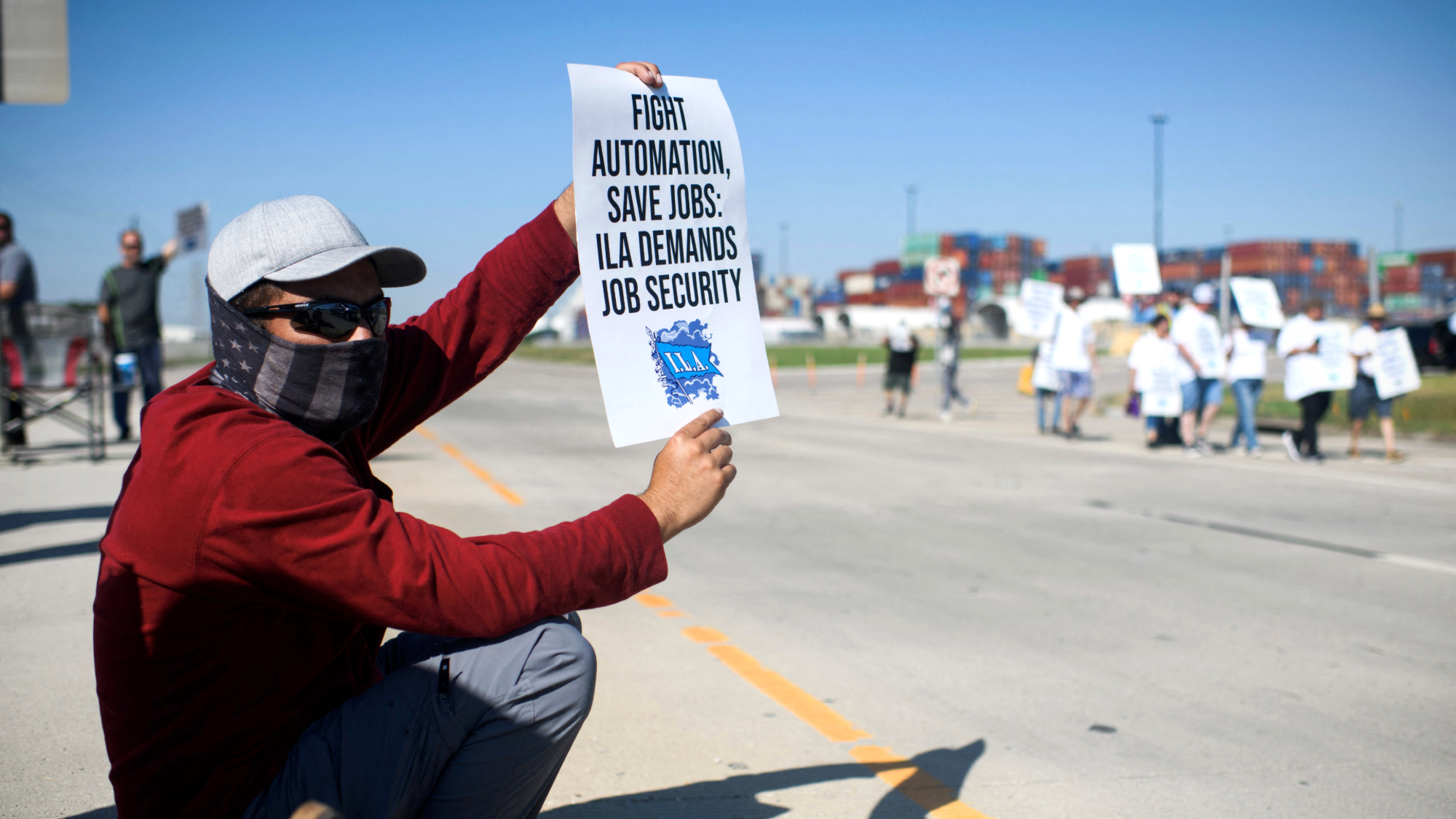 US port strike averted with tentative labor deal
US port strike averted with tentative labor dealSpeed Read The strike could have shut down major ports from Texas to Maine
-
 Boeing machinists reject deal, continue strike
Boeing machinists reject deal, continue strikeSpeed Read The rejection came the same day Boeing reported a $6.2 billion quarterly loss
-
 The pros and cons of globalization
The pros and cons of globalizationPros and Cons Globalization can promote economic prosperity but also be exploitative
-
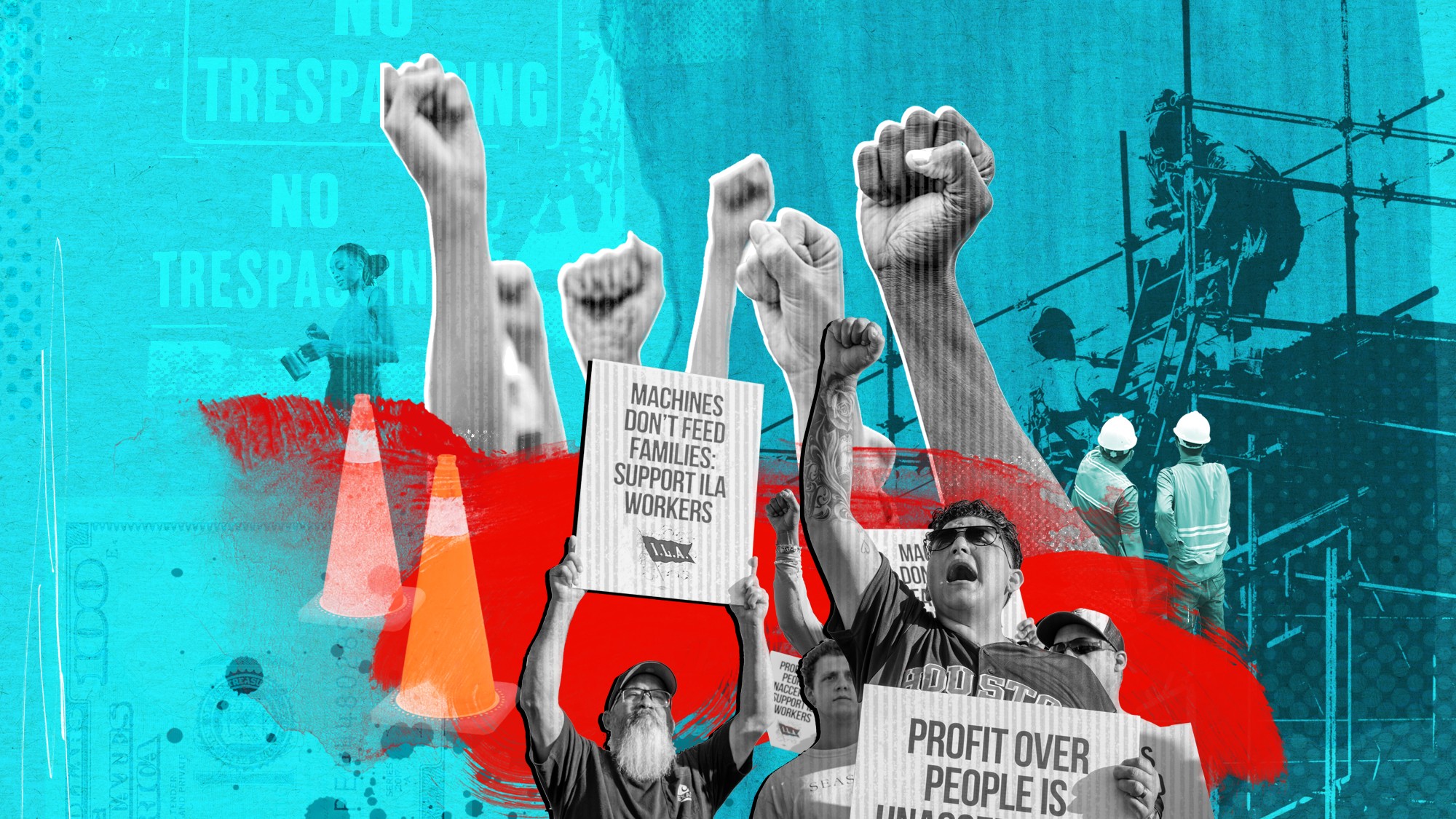 The pros and cons of labor unions
The pros and cons of labor unionsPros and Cons Companies throughout the country continue to push for unionization
-
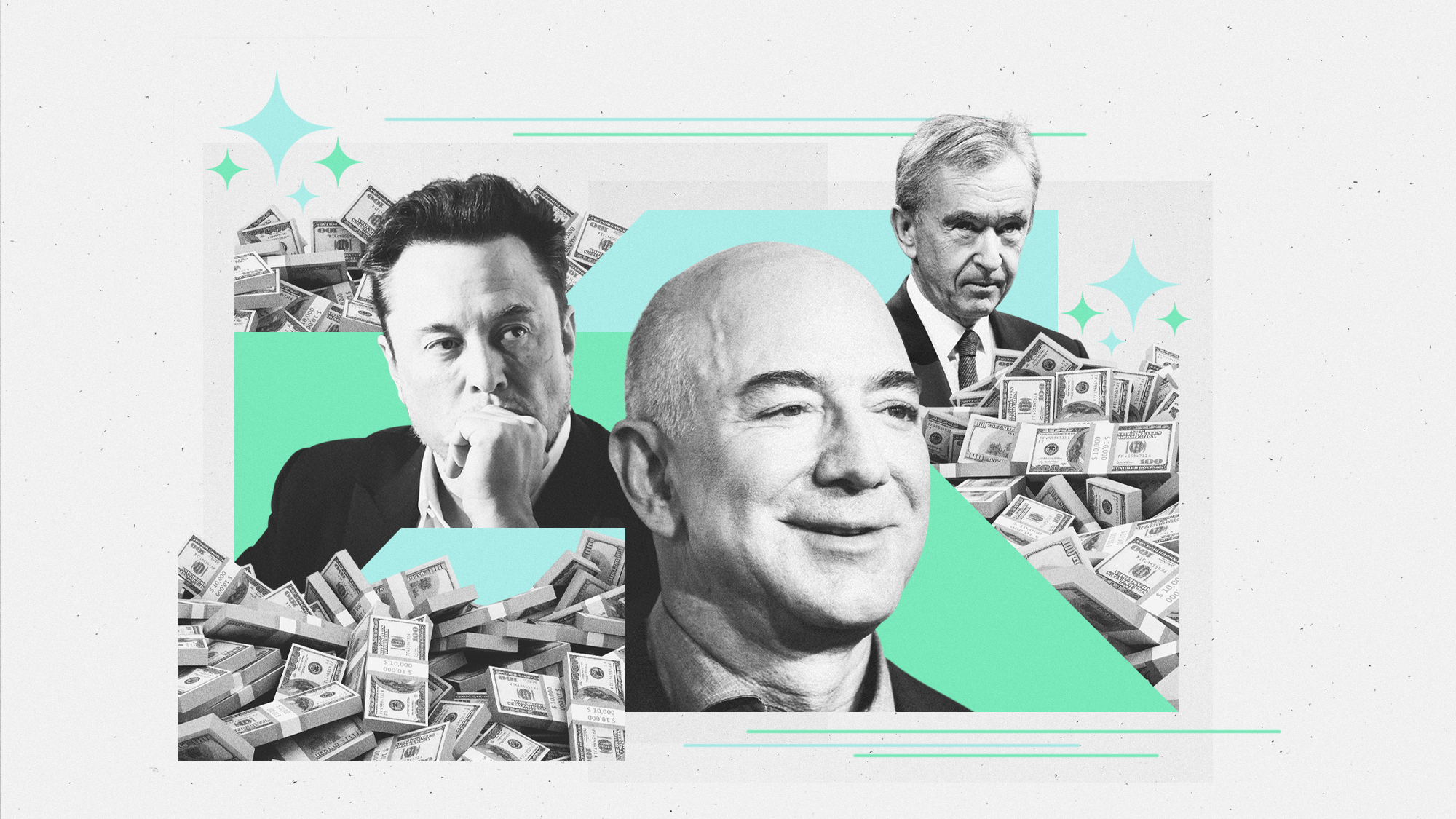 The rise of the world's first trillionaire
The rise of the world's first trillionairein depth When will it happen, and who will it be?

